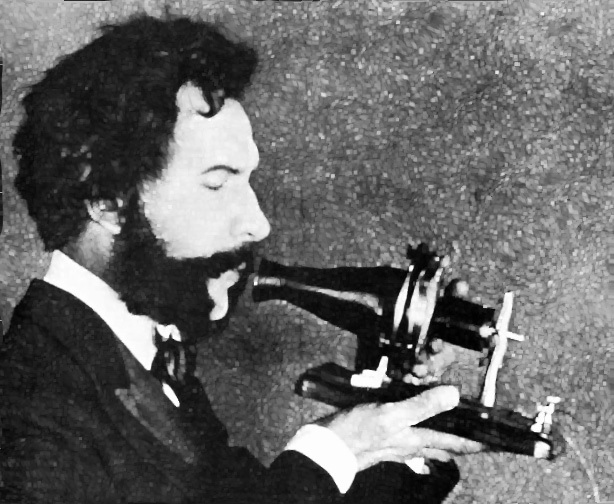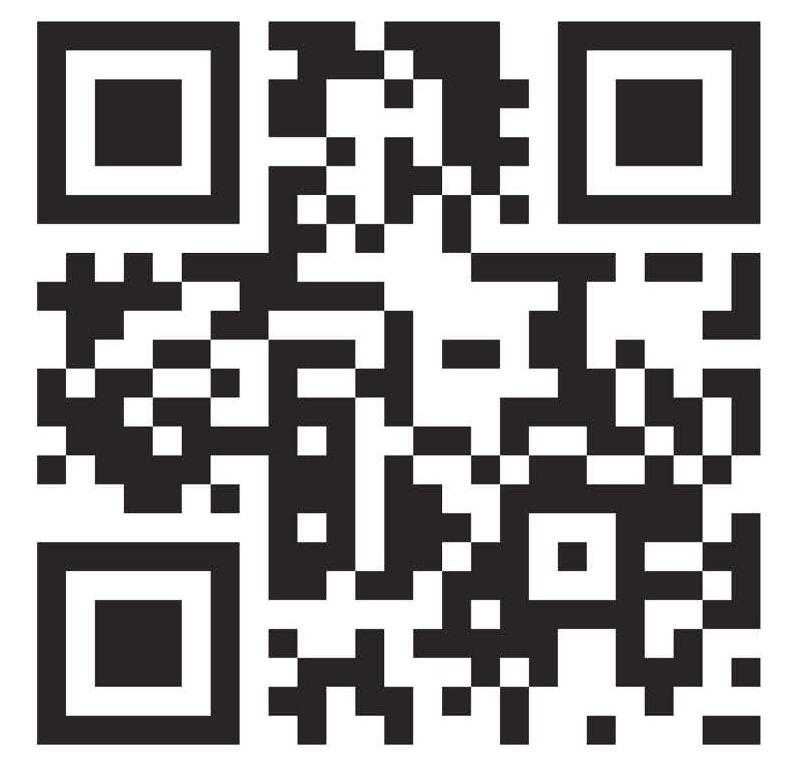Telecom Informer
by The Prophet
Hello, and greetings from the Central Office!
At least I think it's the central office. Unfortunately, I was already halfway to Japan when the sushi hit the fan. After I got through running fiber to the igloo in Adak, my employer sent me here to Tokyo. I don't read Japanese, but my hosts assured me that central offices here are always clean, the vending machines are well-stocked, and the toilet seats are supposed to be heated. Unfortunately, they also assured me that when I'm through with my work, I really do have to go home.
When I haven't been either working or buying used schoolgirls' panties out of the vending machine at Love Merci in Akihabara (it's on the second floor), I have been marveling at the mobile phones here. Everywhere in Japan, you'll find people texting, browsing the web, and taking pictures. They rarely talk on them, though; it's considered rude in most public places. Don't answer your "keitai" (the Japanese word for mobile phone) on a train, or you might find yourself at the wrong end of a samurai sword!
There are three major wireless service providers in Tokyo: SoftBank (formerly Vodafone), KDDI (marketed as "au"), and NTT (marketed as DoCoMo). All offer true 3G data networks, although DoCoMo and SoftBank use UMTS (the same data technology available from Cingular in a few U.S. markets), and au runs CDMA 1xEV-DO (available nationwide in the U.S. from Verizon and Sprint). GSM is considered obsolete in Japan and is not operated by any Japanese carrier.
Although Japan shares certain mobile phone technologies with the U.S., only Japanese phones can use Japanese mobile networks. This is because UMTS is used by SoftBank and DoCoMo for both voice and data, rather than using UMTS for data and GSM for voice as Cingular does.
Additionally, different frequencies are used by these carriers than Cingular uses in the U.S. While au uses the same CDMA technology operated by Verizon, Sprint, Alltel, US Cellular, and numerous other U.S. carriers, the transmit and receive frequencies are - for some reason - the exact opposite of those used in the U.S.
Global roaming is available to Japanese travelers using the GSM standard on all three carriers, and the CDMA standard using au. However, this requires a special phone, and roaming rates are very high (for example, domestic calls in the U.S. are about US$1.00 per minute while roaming with a Japanese phone). This probably explains why so few Japanese phones offer global roaming; au, for example, currently only offers one such phone.
Everything in this country is more complicated than it needs to be, and mobile phone plans are no exception. There is a dizzying array of plans, with only one common theme: they're absurdly expensive by U.S. standards. A typical plan (using au as an example) costs about $40 per month, including just 60 minutes of calling. No free nights and weekends, no free long distance, and certainly no free mobile-mobile calling. But your unused minutes do roll over.
The extras always cost extra; add another $40 for unlimited wireless data (to the handset only - tethering is not allowed). Wireless data includes unlimited email but not text messaging; that's another two cents per message sent.
Mobile phones have so many features, you might confuse them for a computer. In addition to the text messaging, email, web browsing, and picture mail capabilities available on most wireless phones in the U.S., Japanese mobile phones consider some pretty unusual things to be standard equipment.
For example, no self-respecting Japanese handset would be caught dead without a Japanese-English dictionary built in. 50 MB of RAM is standard equipment for a keitai, along with an FM radio, streaming media capability, GPS navigation, and a 2.4 megapixel camera.
You can use a mobile phone for all sorts of unexpected purposes in Japan, or potentially for playing all sorts of unexpected pranks. Consider the lowly cell phone camera. Apart from surreptitiously taking pictures of schoolgirls on trains (not that I'd ever do such a thing), you can use your camera phone to scan "QR codes." These are high density barcodes printed on products, billboards, and even business cards. Scanning a QR code can do all sorts of things, such as launching a website in your mobile browser, inserting contact information into your phone book, displaying a picture or walking map, or even downloading a ring tone.
Need walking directions from the train station to your hotel? Built-in GPS navigation has you covered, and can easily superimpose your location onto a map downloaded to your mobile phone (downloaded via the web or perhaps by scanning a QR code). Need to pay for a train ride or a newspaper? Reach for your mobile phone and you can pay instantly using your "Mobile Suica" account. Want to drain your "Mobile Suica" account into "Mobile Pachinko?" Just scan the wrong QR code. Ha ha, just kidding... I think.
I'm told I'm being charged by the packet to file this column, so it's time to draw this issue of the Telecom Informer to a close. Assuming I don't eat any bad fugu, I'll be back in the U.S. for my next column. Until then, domo arigato and sayonara. And if you see him, tell my boss that I expect a heated toilet seat in my office when I return!


